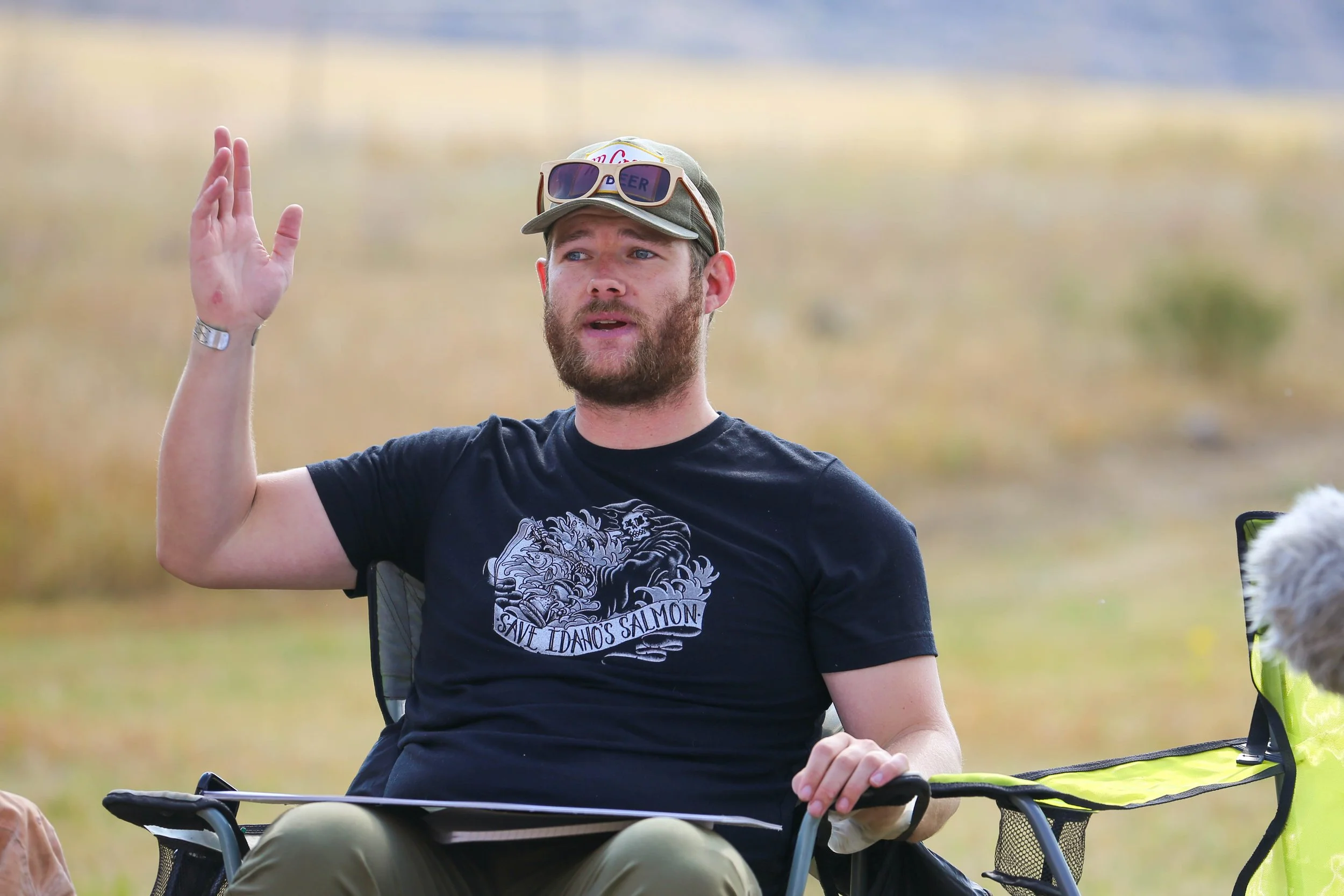Victoria Blanco
Writer
El Paso, TX
11/1/21 – 11/5/21
Standing at a lookout point above a sprawling cityscape, writer Victoria Blanco points out the sister cities of El Paso, Texas and Juárez, Chihuahua. Born and raised in El Paso, Victoria is deeply familiar with the richness and complexity that emerges from the U.S. - Mexico border. The border severs what Victoria calls a “cultural corridor” that runs south from El Paso to Juarez. She explains that this corridor is not only responsible for the flow of goods across the border but “also the flow of stories, of food, of families.”
During a five-day writing workshop, Victoria emphasized the importance of seeing beyond the dominant narratives that mainstream news sources push about the border. She applies this lens to her writing, too: Victoria spoke to how writing genres are both a helpful framework for writing but can also act as a tool of restriction. She encouraged Semester in the West students to “bend the lines of genre” in their writing to tell stories that hold more nuance. In her own writing, Victoria often combines memoir style storytelling with her anthropological research with indigenous communities in Northern Mexico.
With family on both sides of the border, Victoria is accustomed to hours-long lines that stand between her and loved ones. Victoria is no stranger to the way the border separates but does not let it confine her movement between the two countries. “They can build their walls as high as they want,” she tells us, “But I’m going to come here with my kids, I’m going to cross the border, I’m going to go visit my in-laws four blocks away. And I’m never going to stop doing it.”
By Alli Shinn








